Sugar Pine Lumber
- July 31, 2023
- 0 comment
Sugar Pine (Pinus lambertiana) is a majestic softwood tree that stands out for its impressive height and strikingly straight growth. Native to the western United States, this species has become a highly sought-after timber resource due to its versatile applications in various industries. One of the most distinguishing features of Sugar Pine is its soaring height, which can reach up to 150 to 200 feet, towering above many other tree species.

This attribute, coupled with its remarkable straight trunk, makes it an ideal choice for producing long, straight lumber pieces, minimizing the need for splicing or joining in construction projects.
The popularity of Sugar Pine lumber extends beyond its dimensional qualities.
Craftsmen and artisans are drawn to its exceptional workability, as it readily yields to cutting, shaping, and sanding with ease. Its relatively low density, averaging around 24 lbs/ft^3, contributes to its lightweight nature, making it convenient to work with both hand and power tools. This ease of manipulation, along with its capacity to hold stains and finishes beautifully, allows for the creation of exquisite furniture pieces, interior millwork, and cabinetry. The wood’s pale, uniform color with subtle reddish or pink undertones, along with its fine, even grain, adds a touch of elegance to finished products, lending a timeless charm to any design. whether in construction or fine woodworking, Sugar Pine’s attributes make it a versatile and beloved choice among professionals and enthusiasts alike.
| Category | Information |
|---|---|
| Common Name(s) | Sugar Pine |
| Scientific Name | Pinus lambertiana |
| Distribution | Western United States |
| Tree Size | Height: 150-200 feet; Diameter: 3-5 feet |
| Average Dried Weight | 24 lbs/ft^3 (380 kg/m^3) |
| Specific Gravity | 0.38 to 0.42 |
| Janka Hardness | 380 lbf (1,690 N) |
| Modulus of Rupture | 7,800 lbf/in^2 (53.8 MPa) |
| Elastic Modulus | 1,220,000 lbf/in^2 (8.41 GPa) |
| Crushing Strength | 5,580 lbf/in^2 (38.5 MPa) |
| Shrinkage | Radial: 4.2%, Tangential: 7.2%, Volumetric: 11.7% |
Color/Appearance:
The color of Sugar Pine heartwood ranges from a pale yellow to light brown, with occasional reddish or pink hues, imparting a warm and inviting character to the wood. The sapwood, which is lighter in color, blends seamlessly with the heartwood, making it difficult to distinguish between the two. As the lumber ages, it tends to develop a beautiful golden patina, enhancing its natural charm and elegance, making it a preferred choice for fine furniture and interior applications.
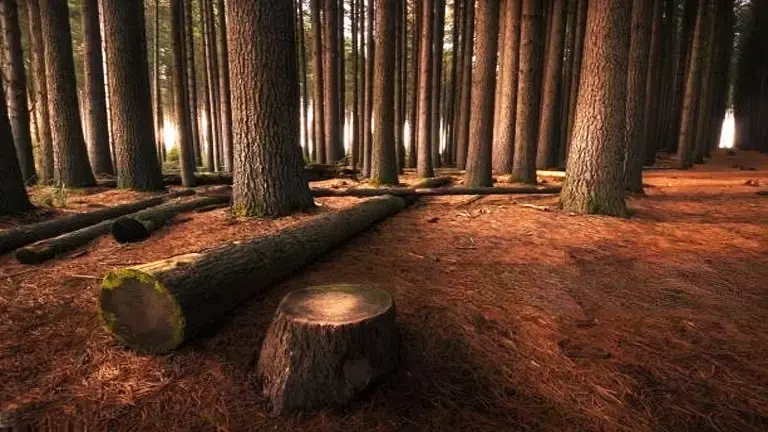
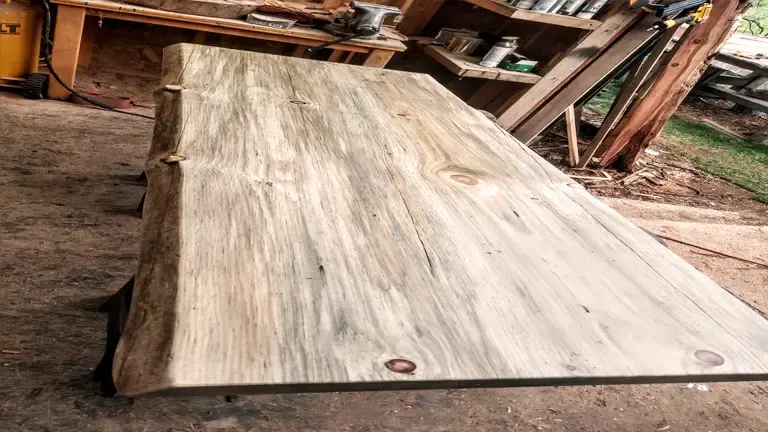

Grain/Texture:
Sugar Pine showcases a straight grain pattern, adding a sense of simplicity and sophistication to its appearance. Its fine and even texture further accentuates its smoothness, enabling craftsmen to achieve polished surfaces with ease. The consistent grain and uniform texture allow for precise cutting and shaping, making it a preferred material for intricate woodworking projects where attention to detail is paramount.
Rot Resistance:
While Sugar Pine possesses numerous desirable traits, it lacks natural resistance to decay. Without proper treatment or protection, the wood is susceptible to fungal attacks and insect infestations, especially in outdoor settings or high-moisture environments. Therefore, it is essential to apply appropriate finishes or preservatives to ensure its longevity and durability, particularly for exterior applications.
Workability:
One of Sugar Pine’s standout features is its exceptional workability. Its relatively soft nature allows for effortless cutting, planing, and shaping, reducing wear on tools during woodworking processes. Craftsmen appreciate the ease with which the wood responds to both hand tools and machinery, facilitating smooth and efficient production. Furthermore, Sugar Pine boasts excellent finishing properties, readily accepting stains and coatings to achieve a variety of decorative looks and finishes.
Odor:
When working with Sugar Pine lumber, it emits a faint, pleasant resinous odor, evoking the distinct and natural aroma of the forest. While this scent is generally well-received and adds to the woodworking experience, some individuals might experience slight irritation or allergies. Adequate ventilation is recommended during woodworking to minimize any potential discomfort.
Allergies/Toxicity:
Sugar Pine is considered non-toxic and does not present any significant health risks. However, as with any wood dust, it may cause skin and respiratory irritation in sensitive individuals. Proper safety measures, such as wearing protective gear and working in well-ventilated areas, are essential to prevent potential adverse reactions.
Pricing/Availability:
Sugar Pine is moderately priced and readily available in areas where the tree naturally grows, particularly in the western United States. Its widespread availability makes it an accessible choice for both large-scale construction projects and smaller woodworking ventures.
Sustainability:
Sugar Pine is not classified as endangered or threatened, and responsible forestry practices play a crucial role in maintaining its sustainability. Proper management and conservation efforts ensure that this valuable softwood resource remains available for future generations.
Common Uses:
Sugar Pine lumber finds versatile applications across various industries. Its stability, easy workability, and appealing appearance make it a popular choice for construction, where it is utilized for framing, interior millwork, paneling, and trim work. Additionally, its aesthetic qualities make it a favored material for crafting fine furniture, cabinetry, and veneers. The wood’s adaptability extends to specialty wood products, such as moldings, car
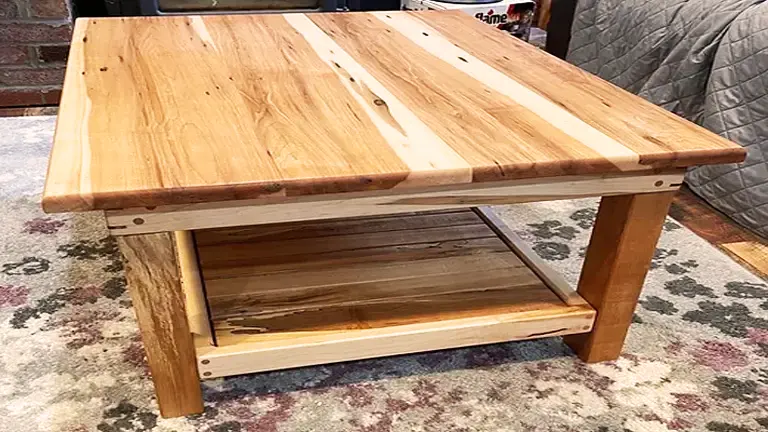
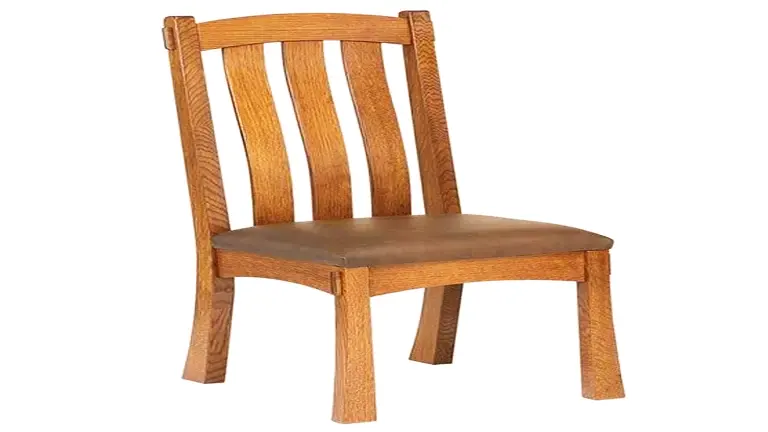
FAQs:
- Is Sugar Pine a hardwood or softwood?
Sugar Pine is classified as a softwood. - Can Sugar Pine be used for outdoor projects?
Sugar Pine is not naturally durable against decay, so it is not recommended for prolonged outdoor use unless properly treated or protected. - Does Sugar Pine have any distinctive features in appearance?
Sugar Pine often exhibits pitch pockets and resin canals, which can add unique character to its appearance. - Is Sugar Pine sustainable to use as a building material?
When sourced from responsibly managed forests, Sugar Pine is considered a sustainable choice for woodworking and construction. - How does Sugar Pine compare to other pine species?
Sugar Pine is generally lighter and softer than other pine species, making it well-suited for specific applications that require these characteristics.

Edward Smith
Forestry AuthorWoodworking is about more than crafting; it's a harmonious connection with nature, mastering tools, and preserving our environment. I'm here to share my knowledge and experiences with you, forging a future where we can embrace wood's beauty and utility while safeguarding our forests' health and diversity.


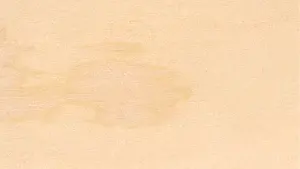
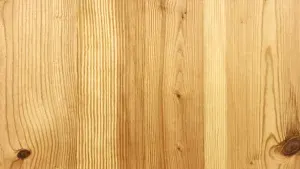

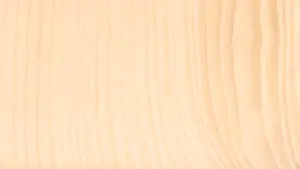
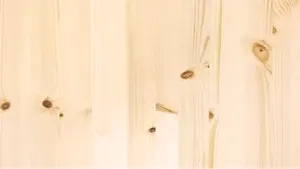

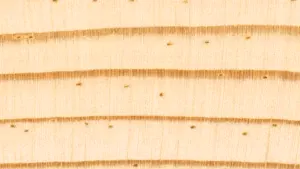

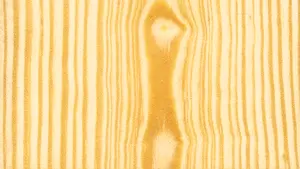
Leave your comment